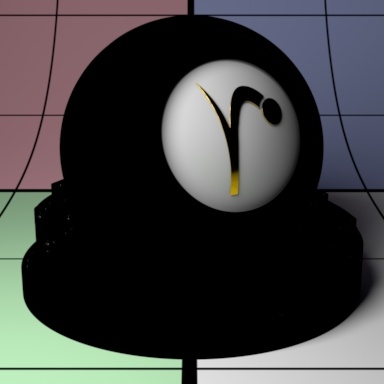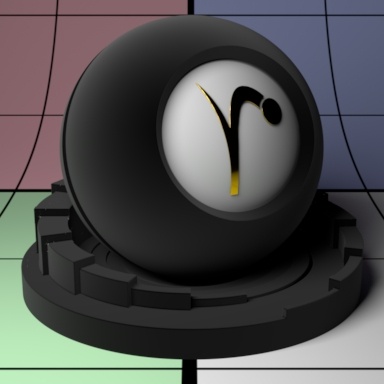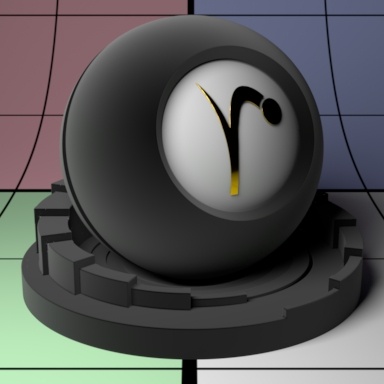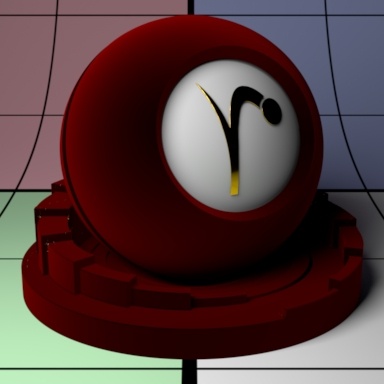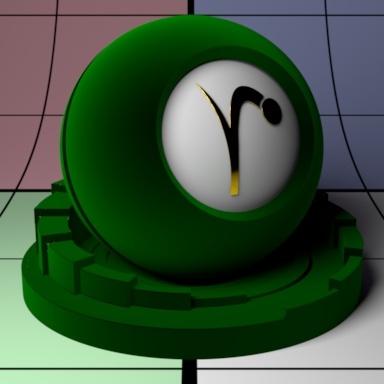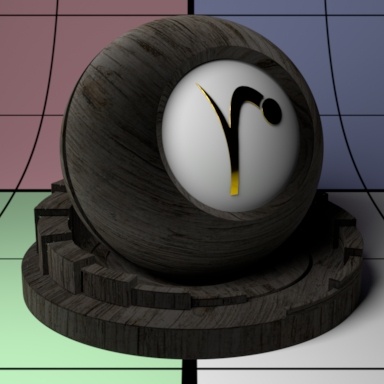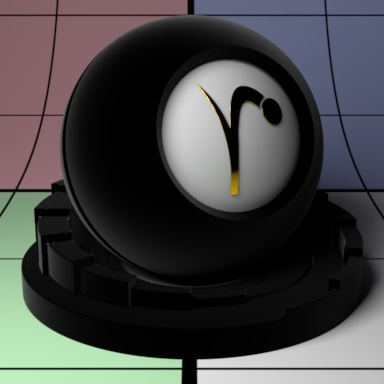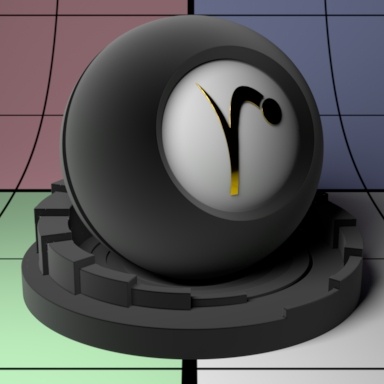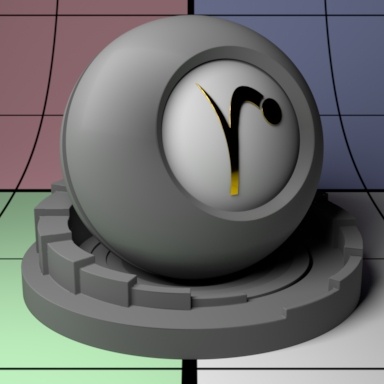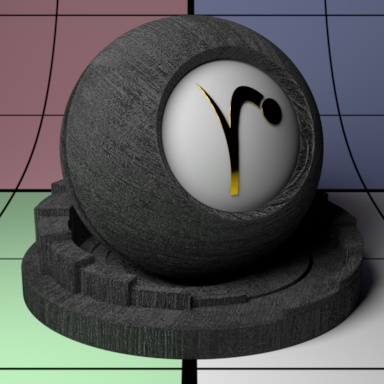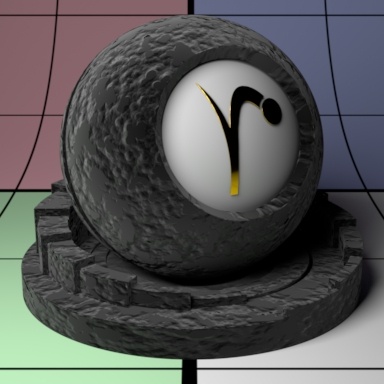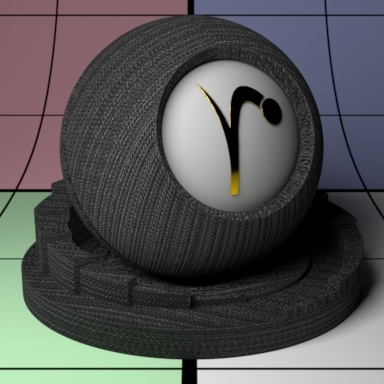Contents
Fuzz Parameters
This parameter introduces a bit of retroreflection and helps simulate fabrics, fuzz, and fine powder.
Gain
Fuzz weight. Higher numbers increase this effect. Below the Cone Angle is set to 16.
Color
Fuzz color. This simulates a soft velvety-like effect. This is applied "on top" of the previous Specular lobes and may resemble dirt or fine dust. Below the Cone Angle is set to 16.
Cone Angle
Fuzz roughness (corresponding to Marschner R cone angle). Note that we use something from Marschner's hair model here. This helps to simulate a similar response to hair/fur. Higher numbers increase the effect at facing angles. Below are values 8, 16, and 32.
Bump
Normal to use for the fuzz illumination. If this is not set, it will use the global bump normal specified in the Properties near the bottom of this page.
Double Sided
If on, illuminate on both sides of the surface for this fuzz lobe, that is, this will illuminate the surface whose normal is pointing away from the camera as well.

